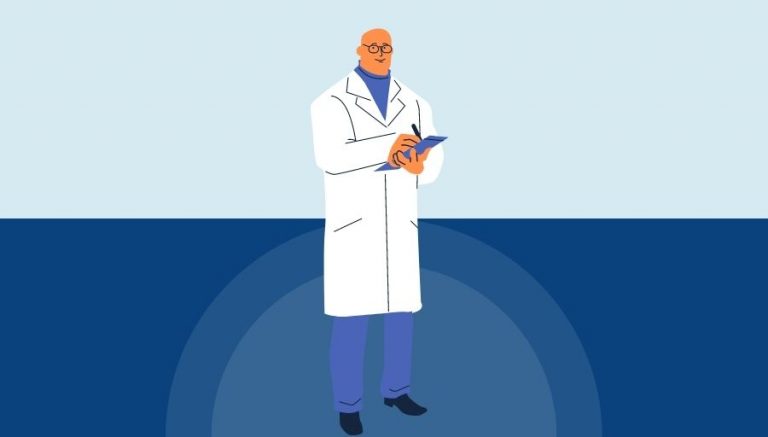How To Use CPT Code 33140
CPT 33140 describes a procedure known as transmyocardial laser revascularization, which is performed through a thoracotomy. This article will cover the description, official description, procedure, qualifying circumstances, appropriate usage, documentation requirements, billing guidelines, historical information and billing examples.
1. What is CPT Code 33140?
CPT 33140 is a code used to describe a specific procedure called transmyocardial laser revascularization. This procedure involves using a laser to restore blood flow to the heart by creating channels in the myocardium, which is the middle muscular layer of the heart wall. The approach for this procedure is through a thoracotomy, which is an incision into the chest cavity.
2. Official Description
The official description of CPT code 33140 is: ‘Transmyocardial laser revascularization, by thoracotomy; (separate procedure).’ This code represents services involving transmyocardial revascularization performed through a thoracotomy.
3. Procedure
- The patient is appropriately prepped and anesthetized.
- The provider makes an incision into the chest cavity through a thoracotomy.
- The pericardium, which is the sac that surrounds the heart, is opened.
- The provider identifies the ischemic area of the heart, which is the area with deficient blood supply.
- A laser probe is placed in contact with the epicardium, which is the inner layer of the pericardium.
- The provider uses the laser to vaporize the myocardium, creating small channels from the heart’s surface to the ventricular cavity.
- The procedure may or may not be performed using cardiopulmonary bypass, which temporarily takes over the function of the heart and lungs.
- The provider closes the incisions with sutures and dresses the wound.
4. Qualifying circumstances
Transmyocardial laser revascularization is typically performed on patients with reversible heart muscle damage or cardiac ischemia. This procedure is used when other treatment options have been exhausted or are not suitable for the patient. It is important to note that this procedure is considered a separate procedure and should not be reported if performed at the same time as another open cardiac procedure.
5. When to use CPT code 33140
CPT code 33140 should be used when the provider performs transmyocardial laser revascularization through a thoracotomy as a separate procedure. It is important to ensure that the procedure meets the specific criteria outlined in the code description.
6. Documentation requirements
To support a claim for CPT code 33140, the provider must document the following information:
- Indication for the procedure, such as reversible heart muscle damage or cardiac ischemia
- Details of the procedure performed, including the use of a laser and the approach through a thoracotomy
- Date of the procedure
- Any additional relevant information, such as the use of cardiopulmonary bypass
- Signature of the provider performing the procedure
7. Billing guidelines
When billing for CPT code 33140, ensure that the procedure meets the specific criteria outlined in the code description. It is important to note that this procedure should not be reported if performed at the same time as another open cardiac procedure. Additional tips for reporting CPT code 33140 may include using modifier +33141 when the procedure is performed at the time of another open cardiac procedure.
8. Historical information
CPT code 33140 was added to the Current Procedural Terminology system on January 1, 2000. There have been no updates or changes to the code since its addition. However, it is important to stay updated with any changes or revisions to ensure accurate reporting.
9. Examples
- A patient with reversible heart muscle damage undergoes transmyocardial laser revascularization through a thoracotomy to improve blood flow to the heart.
- A patient with cardiac ischemia undergoes transmyocardial laser revascularization through a thoracotomy as a separate procedure to alleviate symptoms and improve heart function.
- A provider performs transmyocardial laser revascularization through a thoracotomy on a patient who is not a candidate for other treatment options due to their medical history.
- A patient with limited surgical options undergoes transmyocardial laser revascularization through a thoracotomy to improve blood flow to the heart and alleviate symptoms.
- A provider performs transmyocardial laser revascularization through a thoracotomy on a patient with reversible heart muscle damage who has not responded well to other treatment modalities.
- A patient with cardiac ischemia undergoes transmyocardial laser revascularization through a thoracotomy as a separate procedure to improve their quality of life and reduce the risk of further complications.
- A provider performs transmyocardial laser revascularization through a thoracotomy on a patient with limited surgical options due to their medical condition.
- A patient with reversible heart muscle damage undergoes transmyocardial laser revascularization through a thoracotomy to enhance blood flow to the heart and promote healing.
- A provider performs transmyocardial laser revascularization through a thoracotomy on a patient who has exhausted other treatment options and is experiencing significant symptoms.
- A patient with cardiac ischemia undergoes transmyocardial laser revascularization through a thoracotomy as a separate procedure to improve their overall cardiac function and reduce the risk of future complications.


